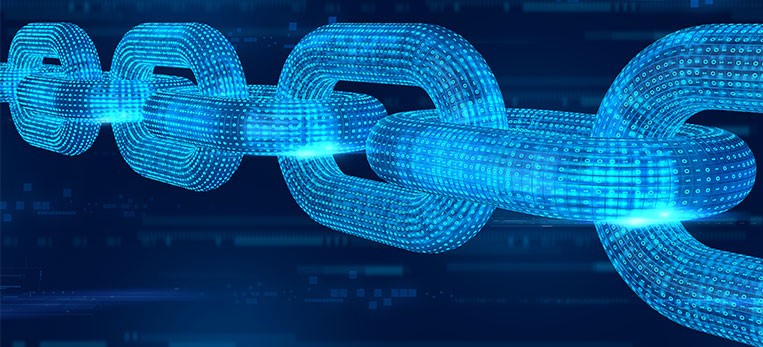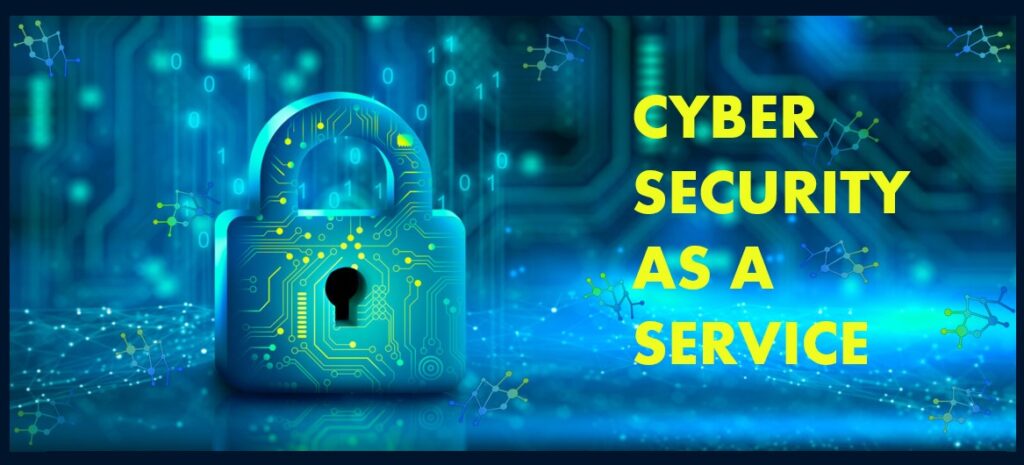The Importance of Physical Destruction in Cyber Security
August 13, 2024

In cybersecurity, the focus often rests on digital threats—hackers, malware, and data breaches that exploit vulnerabilities in software and networks. However, organizations must not overlook the importance of safeguarding data physically. The physical destruction of data storage devices is an equally critical aspect of protecting sensitive information. This blog explores why physical destruction matters, key considerations for implementing it effectively, and how it enhances overall cybersecurity posture.
Why Physical Destruction Matters
- Preventing Data Breaches: Data breaches can occur not only through digital means but also by physically accessing discarded or improperly disposed-of storage devices. Destroying these devices mitigates the risk of unauthorized access to sensitive information.
- Compliance Requirements: Many regulatory frameworks (such as GDPR, HIPAA, and PCI DSS) mandate secure disposal methods for data storage devices that contain confidential or personal information. Non-compliance can lead to severe penalties and reputational damage.
- Protecting Intellectual Property: Beyond personal data, physical destruction safeguards proprietary information, trade secrets, and intellectual property from falling into the wrong hands.
- Environmental Responsibility: Proper disposal methods ensure that electronic waste (e-waste) is managed in an environmentally responsible manner, reducing the ecological footprint of discarded devices.

Key Considerations for Physical Destruction
Implementing a robust physical destruction strategy involves several critical considerations:
- Device Identification: Identify all devices that store sensitive data, including hard drives, SSDs, USB drives, and mobile devices. Ensure no device is overlooked.
- Methods of Destruction: Choose appropriate methods for destroying different types of devices. Options include shredding, crushing, degaussing (for magnetic media), and disintegration.
- Certification and Documentation: Use certified destruction services or tools that provide documented proof of destruction. This documentation is crucial for compliance audits and demonstrating adherence to regulatory requirements.
- Chain of Custody: Maintain a secure chain of custody throughout the destruction process to prevent tampering or unauthorized access to devices before destruction occurs.
- Environmental Impact: Consider the environmental impact of disposal methods. Partner with e-waste recyclers that adhere to responsible recycling practices to minimize environmental harm.
- Data Sanitization: Ensure devices are sanitized before destruction to remove all data securely. Data sanitization methods include overwriting, degaussing, and cryptographic erasure.
- Employee Training: Educate employees on the importance of physical data destruction and proper disposal procedures. Implement clear policies and procedures for handling and disposing of electronic devices securely.

In an era dominated by digital threats, overlooking the physical destruction of data storage devices can expose organizations to significant risks. From data breaches and regulatory non-compliance to reputational damage and environmental concerns, the consequences of inadequate disposal practices are far-reaching. By prioritizing physical destruction as part of a comprehensive cybersecurity strategy, organizations can safeguard sensitive information, protect intellectual property, meet regulatory requirements, and demonstrate environmental responsibility.
While digital defenses remain essential, the physical destruction of data storage devices is an indispensable component of a holistic cybersecurity approach. By integrating secure disposal practices into their operations, organizations can fortify their defenses against both digital and physical threats, ensuring the protection of valuable data and maintaining trust with stakeholders.
Have Any Question?
Call or email Cocha. We can help with your cybersecurity needs!
- (281) 607-0616
- info@cochatechnology.com




